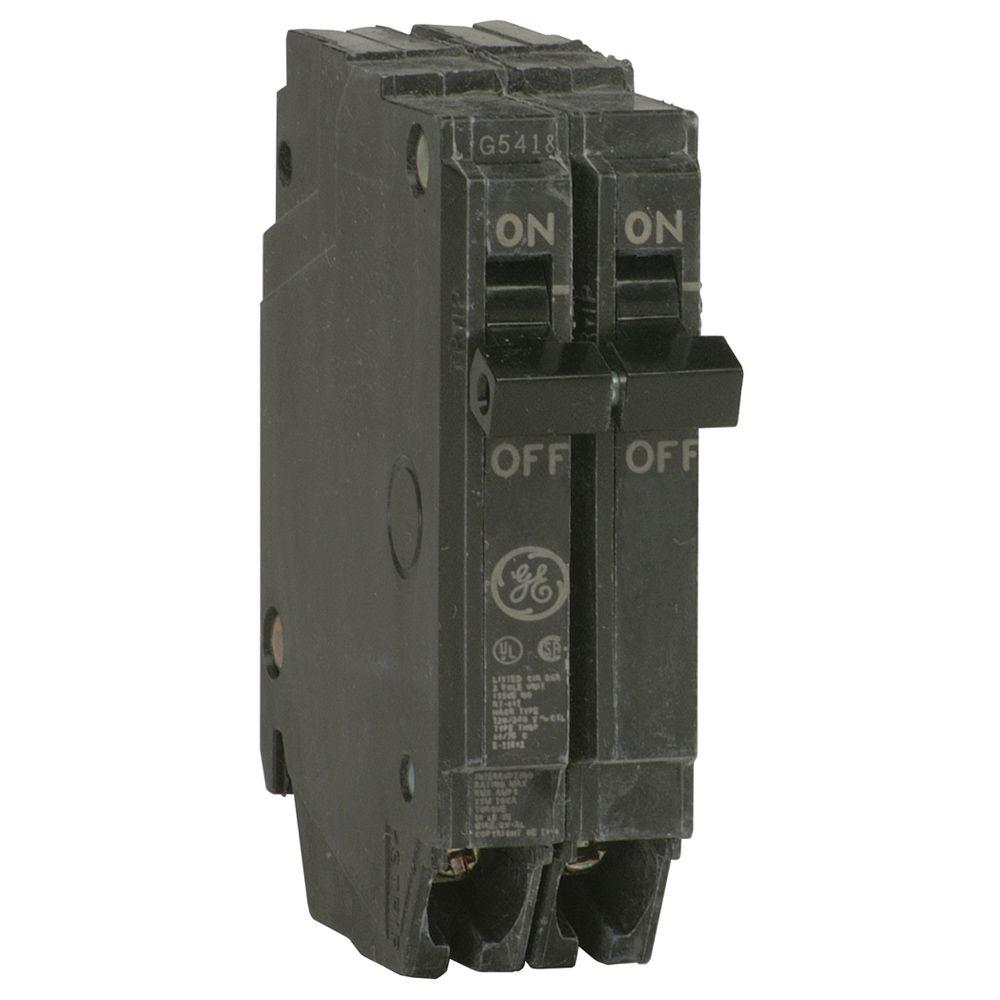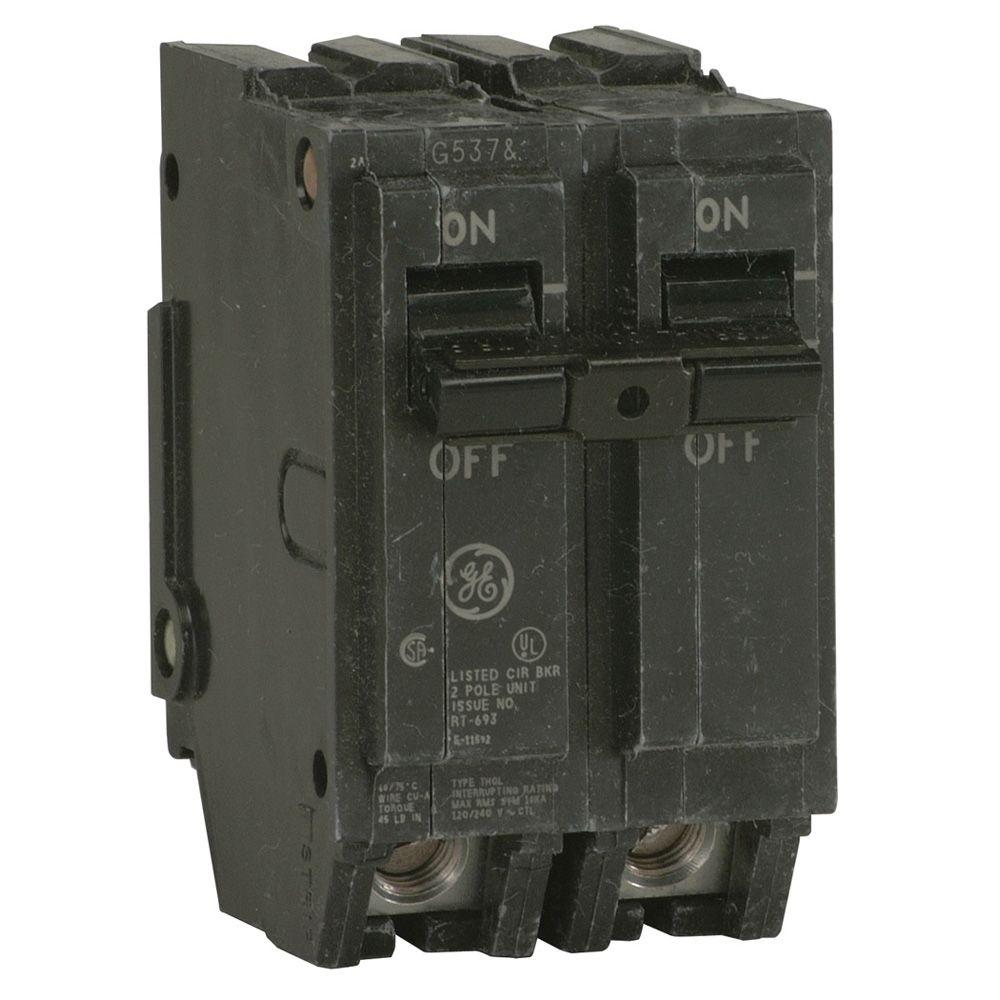

Note that with GFCI you can't use "2 separate 20 Amp GFCI breakers". If not then it gets a bit complicated - i.e., "retrofit ground and later replace the receptacle and breakers."ģ - Depends on location, but very likely you will need GFCI, either as part of the breaker or receptacles. Metal conduit, if you have it end-to-end can be a substitute for a ground wire. A 3-wire dryer receptacle does not use ground, but there is a possibility that you have a ground wire ready & waiting. Needs to be handle tied or common trip.Ģ - Must have separate neutral and ground wires. The big question (as noted elsewhere) is ground.ġ - Replace 30 Amp x 2 breakers with 20 Anp x 2 breakers. This may be a good candidate for a 20 Amp Multi-Wire Branch Circuit.Īn MWBC uses 2 hots + neutral + ground. You would only be able to exploit a retrofit-grounded dryer circuit if it was already like that. Since these new receps are effectively new work, it would need to be done to new-work standard with new cable homeruns, and you wouldn't be allowed to retrofit ground. Black goes to one recep hot, red to the other.Ĭan't I just both retrofit the ground and convert the receptacles in one day? No. You split with pigtails the netural to both receptacles. Now, to wire the receptacles, you split with pigtails the grounds to both receptacles.

But then, you will need to change the circuit breaker to 20A. You can remove that fat receptacle from the wall, and replace it with two normal NEMA 5-15 or 5-20 dual receptacles, with appropriate cover plate. The PDU acts like a subpanel in terms of breakering. You can get a PDU (Power Distribution Unit) with a NEMA 14-30 cord. That would be four breakers to get the most out of your 30A feed. Powered off that nice 4-wire feed, it can then have a subsidiary 30A breaker for the dryer as well as 15/20A breakers for your various 120V loads. Then, since there's already a ground here (it's not like you're adding the ground today), you can go three different ways to power your NEMA 5-15 plug-in loads. Once that is done and in your rear-view mirror. Regardless of whether you ever power something else here, the best thing you can do is search for an existing ground, and if absent, retrofit a #10 ground wire to this receptacle and change it to a NEMA 14-30 type recep (and the dryer to a NEMA 14-30 cord, while removing the onboard neutral-ground strap on the dryer). In fact, this circuit is unsafe, obsolete, and has been illegal in new construction for over 20 years - it is legal because it is grandfathered. The only question is whether you go with a 50A breaker (100% protects the wire, but as I understand it not actually correct here - you upsize normally, not downsize, so 50A would only allow a maximum of 40A continuous according to code, despite the wire size) or a 60A breaker (which is slightly larger than the wire rating, but allowed assuming that the panel manufacturer doesn't make an actual 55A breaker).The lack of a separate safety ground is a show-stopper. You won't normally find 55A breakers, but you will find 55A copper wire - 6 AWG. So you don't actually need a 60A circuit, you need a 55A circuit. Using your new heater which is rated at 42A (which is correct - 42A x 240V = 10,080W), you need a minimum of 42A x 1.25 = 52.5A. And for the really big loads, you simply can't do it at all with 120V (nobody makes residential 120A x 120V single breakers). 60A x 240V -> 48A x 240V = 11,520W - That's your new heater at 10,000Wīecause wire size depends on current, it is much cheaper to use 30A (24A useable) x 240V than 60A x 120V.So the available power is based on 80% of the current (24A for a 30A breaker): The Square D by Schneider Electric Homeline 30 Amp Two-Pole Circuit Breaker is used for overload and short-circuit protection of your electrical system. But each of these is derated to 80% for a continuous load. Power - Watts - is what matters in terms of useful work. Used separately (Multi-Wire Branch Circuit) as two 120V circuits, each gets 30A at 120V. Used together (a typical heater circuit) and it is 30A at 240V. But technically it is 2 breakers, each 30A at 120V. For a double breaker, that really means 30A at 240V. For a single breaker, that is what it says on the label - 30A at 120V. The current rating is based on whatever voltage is used in the breaker.

In a standard US setup, V = 120V on a single breaker (120V hot, relative to neutral = 0V) and V = 240V on a double breaker (240V hot to hot, each hot 120V to neutral). For a resistive load (like a typical electric heater), W = V x A. There are 3 different pieces here - current (A), voltage (V), power (W).


 0 kommentar(er)
0 kommentar(er)
